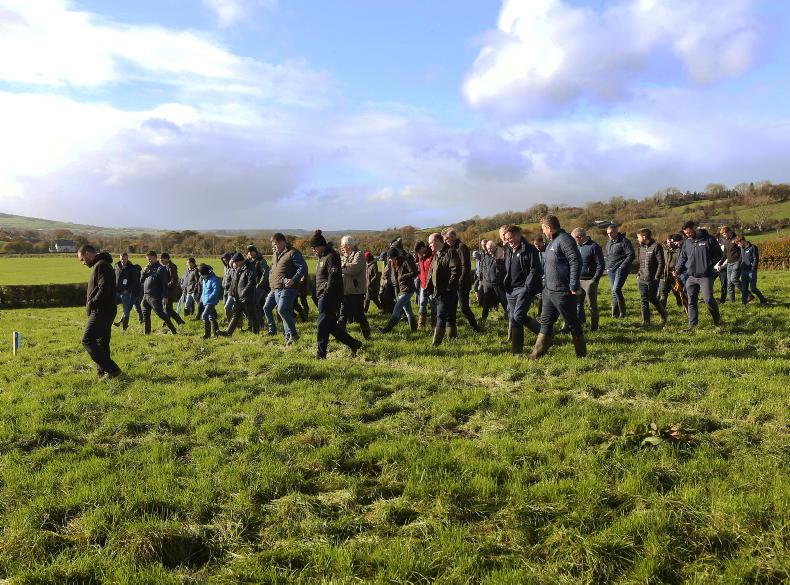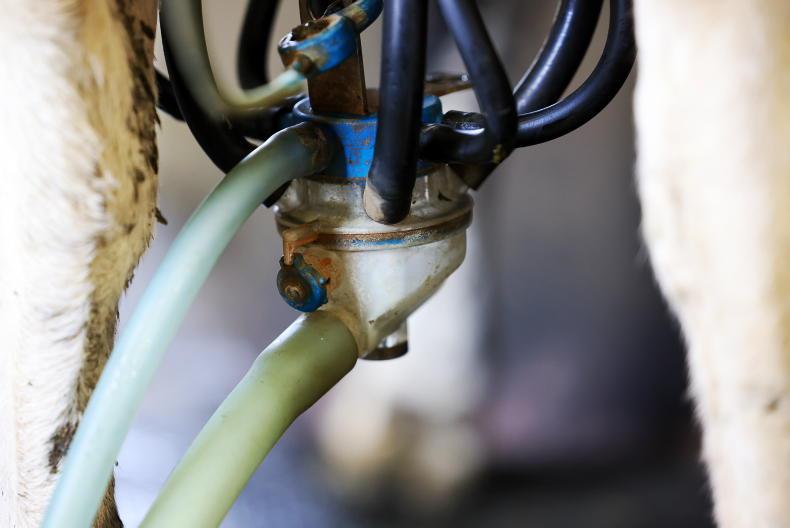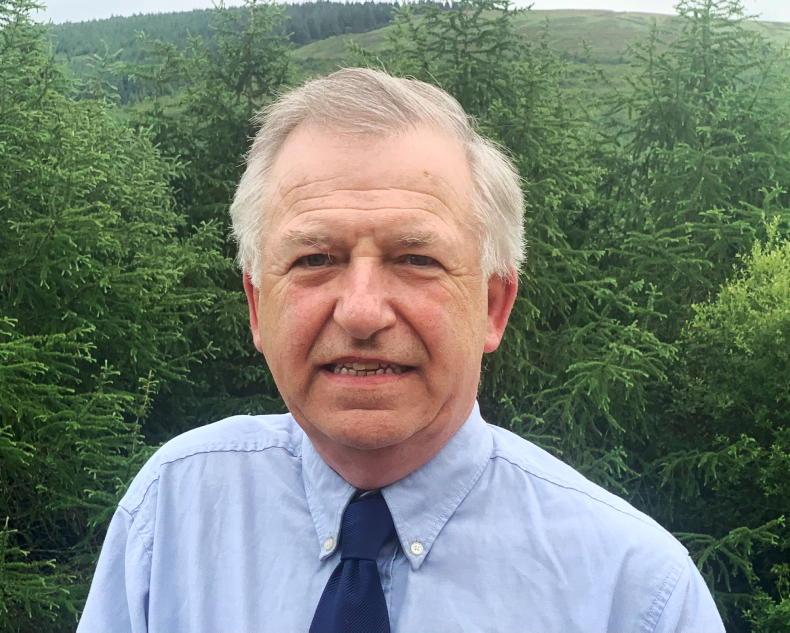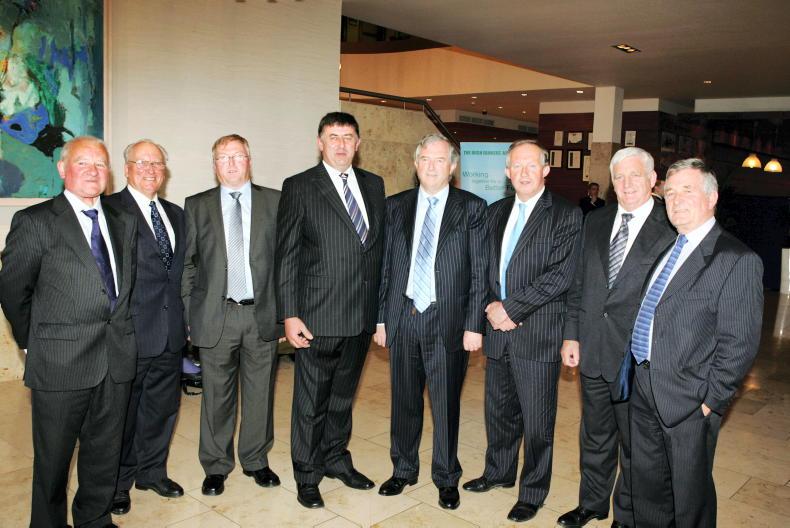In order to address the labour shortage, Teagasc Director Gerry Boyle thinks that a national initiative is needed.
“It has two central components. One is where are we going to get the additional labour from. We will probably have to seek foreign labour in a lot of situations.
“There may also be opportunities for surplus labour in other enterprises, but you can see there that a lot of farmers may not want to be employees for other farms.”
Training
Secondly, Boyle said the labour coming on stream is going to have to be trained.
“Certainly we in Teagasc are prepared and we’re developing programmes; short, intensive courses, to train labour including managers. We’re looking at bringing forward emergency type transition courses that would qualify people on a more rapid basis.
“We can do that but as far as the actual additional labour is concerned, that’s probably the bigger challenge – where are we going to get those extra workers?”
Dairy education officer
Teagasc is also appointing a dairy education and careers officer to promote dairying as a career, Boyle said.
“[The officer] will be responsive to the needs of families and to put in place the education needs that would be specific to dairying, but also to promote it as a career that people can earn a reasonable living from.”
Read more
Listen: 6,000 dairy workers wanted
What type of dairy workers are required in Ireland?
Farmer reactions to Teagasc report
The legalities around hiring foreign labour
Farmer Writes: dairy farming isn't all dirty elbows and 12-hour days
Editorial: long-term plan needed to solve labour shortage
In order to address the labour shortage, Teagasc Director Gerry Boyle thinks that a national initiative is needed.
“It has two central components. One is where are we going to get the additional labour from. We will probably have to seek foreign labour in a lot of situations.
“There may also be opportunities for surplus labour in other enterprises, but you can see there that a lot of farmers may not want to be employees for other farms.”
Training
Secondly, Boyle said the labour coming on stream is going to have to be trained.
“Certainly we in Teagasc are prepared and we’re developing programmes; short, intensive courses, to train labour including managers. We’re looking at bringing forward emergency type transition courses that would qualify people on a more rapid basis.
“We can do that but as far as the actual additional labour is concerned, that’s probably the bigger challenge – where are we going to get those extra workers?”
Dairy education officer
Teagasc is also appointing a dairy education and careers officer to promote dairying as a career, Boyle said.
“[The officer] will be responsive to the needs of families and to put in place the education needs that would be specific to dairying, but also to promote it as a career that people can earn a reasonable living from.”
Read more
Listen: 6,000 dairy workers wanted
What type of dairy workers are required in Ireland?
Farmer reactions to Teagasc report
The legalities around hiring foreign labour
Farmer Writes: dairy farming isn't all dirty elbows and 12-hour days
Editorial: long-term plan needed to solve labour shortage









SHARING OPTIONS